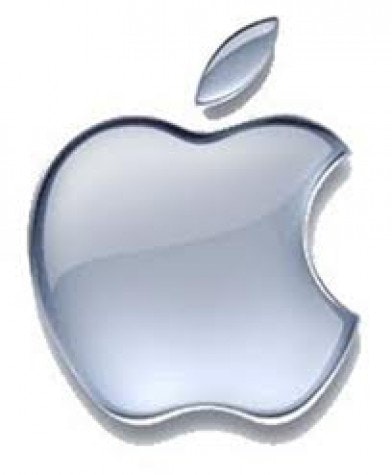It is now becoming more urgent than ever for Apple Inc. (NASDAQ:AAPL) to stake a claim in international markets. As it stands, Apple Inc. (NASDAQ:AAPL) is leaving a large market open for companies like Samsung, HTC and Motorola to compete in.

Exponential growth for smartphones internationally
International adoption of smartphone devices is continuing to rise. According to the International Data Corporation (IDC) Worldwide Quarterly Mobile Phone Tracker, the number of phone shipments grew from 402.4 million in the first quarter of 2012 to 418.6 million mobile phones in the first quarter of 2013. The demand for standard phones is on the decline as smartphones are starting to become far more common and in greater demand internationally.
IDC also states that the worldwide smartphone market grew by 41.6% year over year. The number of units shipped increased from 152.7 million in the first quarter of 2012 to 216.2 million units in the first quarter of 2013. It is the first time the number of smartphones shipped were greater than half that of normal cell-phone devices.
What is Apple’s game plan?
Apple Inc. (NASDAQ:AAPL) has been investing aggressively into sales and administrative expenses in order to prepare itself for foreign market expansion.

Source: Ycharts
Over the past three years Apple’s research-and-development spending along with its sales, general and administrative expenses have grown by 80% in a three-year period. Apple Inc. (NASDAQ:AAPL) has increased its spending on sales, general and administrative by an astounding $2.5 billion over the previous year. Apple is heavily focused on opening new Apple stores as the company opened 33 new retail locations in fiscal year 2012. Of the 33 new store locations, 28 were located outside the United States.
Apple knows that one of the most effective marketing strategies is to give consumers a safe retail environment in which to try out its products. Now to be fair, Best Buy and Wal-Mart offers low prices, but they can’t offer the customer service of a dedicated retail chain. The success of Apple’s retail strategy is exemplified by the 44% year-over-year growth it had accomplished in fiscal year 2012.
The Apple retail store will be instrumental to the company’s success internationally.
Fortunately Apple is doing more than just opening stores
The company also acknowledges the sheer income inequality between different countries. The truth is Apple can, in fact, sell its devices at a cheaper price in order to capture a larger share of underdeveloped markets. According to Business Insider, the total cost of making an Apple iPhone is $209. So it is possible for Apple Inc. (NASDAQ:AAPL) to sell its phones at $400 or less and still remain profitable. Of course, Apple is only selling the iPhone at a lower price point in order to enter into certain markets like China, which has a GDP per capita of $5,444.
The falling price point is a bit of a concern to investors who have gotten comfortable with the premium pricing strategy Apple Inc. (NASDAQ:AAPL) has been able to pursue with substantial success over the past 10 years. I don’t think Apple’s premium pricing strategy is going away altogether, but it has to sacrifice pricing in order to capture a larger piece of the global market share for smart phones.
In emerging markets, it wouldn’t be practical to pursue a 300% mark-up, when if you lower profit expectations a little you could net a lower gross margin but increase overall net profit. Pricing is an essential component of running a business.





